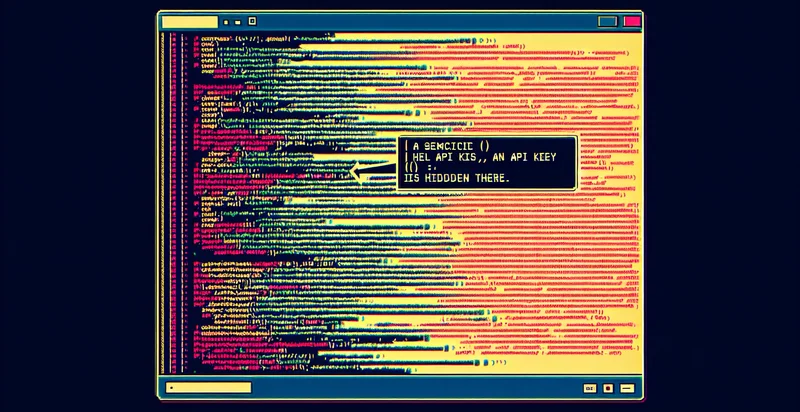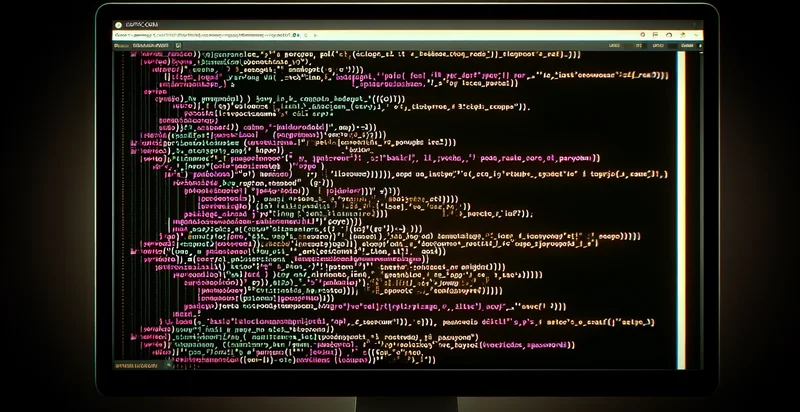Identify if code has comments
using AI
Below is a free classifier to identify if code has comments. Just input your text, and our AI will predict if the code has comments - in just seconds.

Contact us for API access
Or, use Nyckel to build highly-accurate custom classifiers in just minutes. No PhD required.
Get started
import nyckel
credentials = nyckel.Credentials("YOUR_CLIENT_ID", "YOUR_CLIENT_SECRET")
nyckel.invoke("if-code-has-comments", "your_text_here", credentials)
fetch('https://www.nyckel.com/v1/functions/if-code-has-comments/invoke', {
method: 'POST',
headers: {
'Authorization': 'Bearer ' + 'YOUR_BEARER_TOKEN',
'Content-Type': 'application/json',
},
body: JSON.stringify(
{"data": "your_text_here"}
)
})
.then(response => response.json())
.then(data => console.log(data));
curl -X POST \
-H "Content-Type: application/json" \
-H "Authorization: Bearer YOUR_BEARER_TOKEN" \
-d '{"data": "your_text_here"}' \
https://www.nyckel.com/v1/functions/if-code-has-comments/invoke
How this classifier works
To start, input the text that you'd like analyzed. Our AI tool will then predict if the code has comments.
This pretrained text model uses a Nyckel-created dataset and has 2 labels, including Has Comments and No Comments.
We'll also show a confidence score (the higher the number, the more confident the AI model is around if the code has comments).
Whether you're just curious or building if code has comments detection into your application, we hope our classifier proves helpful.
Related Classifiers
Need to identify if code has comments at scale?
Get API or Zapier access to this classifier for free. It's perfect for:
- Code Quality Assessment: This use case involves assessing the quality of codebases by identifying whether or not they contain comments. A lack of comments may indicate poor documentation practices, which can hinder maintainability and readability of the code.
- Technical Debt Measurement: Organizations can use the identifier to evaluate the level of technical debt in their projects. Code without comments can signify areas where developers might need to invest more time in documentation to avoid long-term maintenance challenges.
- Code Review Enhancements: During code reviews, this identifier can help reviewers quickly spot portions of code that lack commentary. By highlighting these sections, the review process can focus on improving clarity and guiding other developers in understanding the code functionality.
- Educational Tool for Programming: This function can be employed in coding boot camps or educational environments to teach best practices in code documentation. By reviewing students' code and identifying sections without comments, instructors can provide targeted feedback on the importance of clarity and communication.
- Automated Documentation Generation: Integrating this identifier with documentation tools can lead to automated reports on the documentation status of projects. Teams can receive insights on which parts of the code need further explanation or comments before releases.
- Compliance Auditing: For organizations in regulated industries, this function can help ensure that code documentation standards are met. By checking for comments, auditors can assess whether developers adhere to prescribed documentation guidelines, which may be necessary for compliance.
- Code Refactoring Planning: Development teams planning refactoring efforts can use the identifier to identify pieces of code that are not well-documented. This information can help prioritize refactoring tasks to areas where documentation is lacking, facilitating better understanding during code modifications.


